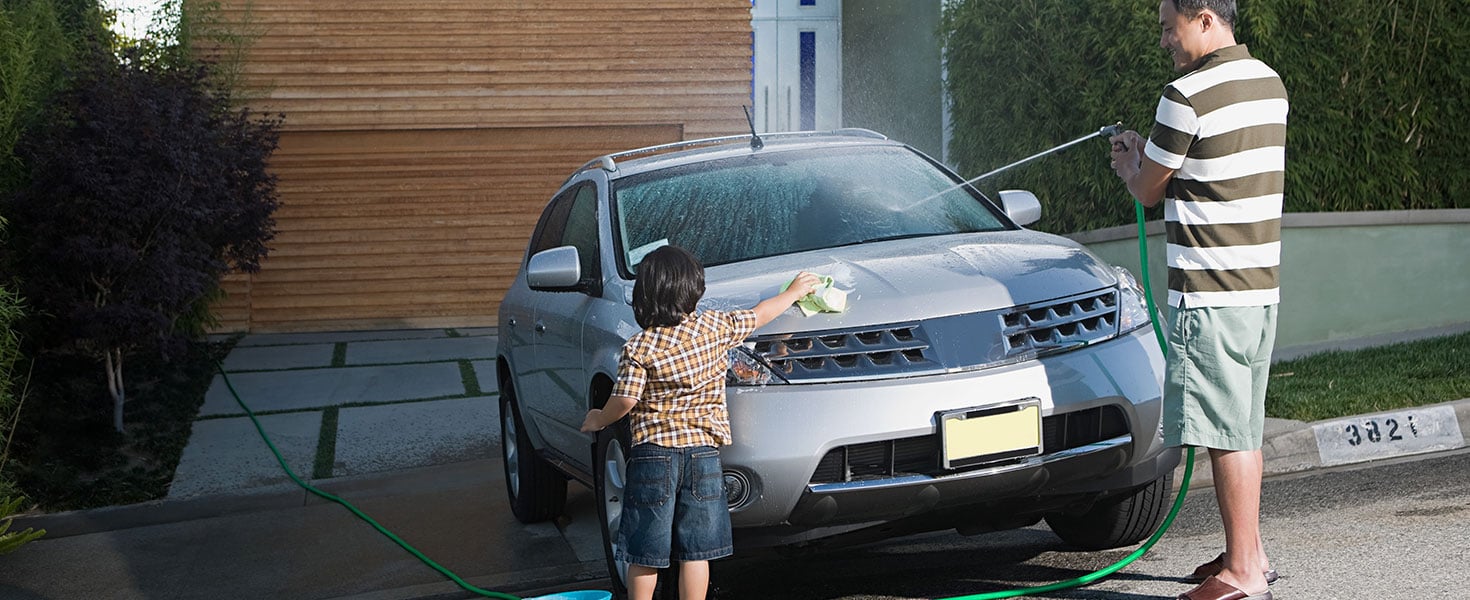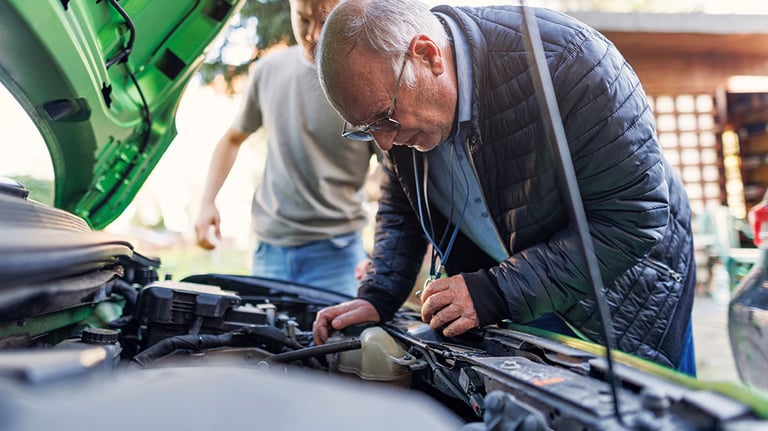11 Secrets to Keeping Your Car in Great Shape
Follow these expert car maintenance tips to save yourself from costly repairs down the road.


Whether your car is brand-new or you’ve had it for a while, you can extend its life with some simple strategies. These expert tips can help you save money and make your vehicle more dependable—today, tomorrow, and long down the road.

-
Read the owner’s manual
Take particular note of the section on required maintenance. Many of these procedures will be based on time or mileage, whichever comes first.
On newer vehicles, however, some carmakers no longer specify time or mileage intervals for maintenance. Instead, service reminders will show up in the instrument cluster to tell you when maintenance is required based on how you drive. Be sure to follow them.
-
Pay attention to the car while driving
If you hear an unexplained noise or the car reacts in an unusual way—for example, a vibration that suddenly develops or a strange noise from the engine—have it checked out as soon as possible. When ignored, little problems can become bigger and more costly to fix.

-
Use TOP TIER gas
Recommended by AAA, this fuel is sold at many gas stations, including discount outlets, under a wide range of brand names. The added detergents in this gasoline can reduce drivability problems and the need for repairs by keeping fuel systems and engines clean.
-
Take it easy when the car is cold
Don’t race the engine when you first start the car, especially in the winter. There is no need to warm up a car before you start driving, but there are good reasons to take it easy until the engine reaches normal operating temperature by accelerating gently and keeping speeds down.
-
If you have a garage, use it for your car
Storing your car in the garage can protect it from severe weather, sun damage, acid rain, bird droppings, and other environmental hazards. If you can’t park in a garage, consider purchasing a breathable car cover to use when you park.
-
Wash your car when needed
Washing your car is especially important in the winter when chemicals used to clear ice and snow from roads in some areas can promote rust. When washing, be sure to hose off the underside of the car and wheel wells. Also, give the interior a good vacuuming and, when needed, clean the upholstery, carpeting, and floor mats.
-
Buy a paint touch-up kit
Then, fill in the little chips and nicks you notice when you wash the car before these flaws in the paint allow rust to develop. Follow the directions on the kit. Consult a body shop for paint damage that is larger than a credit card.
-
Keep records
It takes just a minute to record fuel purchases, maintenance work, and repairs in a log book. Save the receipts, especially those supporting extended warranties on parts or repairs. Use the fuel records to check on fuel economy from time to time. A sudden drop in fuel economy could indicate a problem.
-
Replace tires before the tread depth reaches the legal limit
Worn tires will significantly lengthen your emergency stopping distances on a wet surface. Replacing tires when the tread reaches 4/32-inch—twice the legal limit—could prevent a crash.

-
Stay on top of fluids and lubricants
Make sure the fluids and lubricants used in your car meet or exceed the service ratings specified by the automaker.
-
Perform underhood checks regularly
If your car’s engine has an oil dipstick (not all do; some cars now use a low oil warning light), check to see that the engine has the right amount of oil. Do this monthly or with every second gasoline purchase. Also, check the drive belts, brake fluid level, power steering fluid, coolant, and battery once a month.
By following these vehicle maintenance recommendations, you’ll help extend the life of your car and get the most from your transportation dollars.
